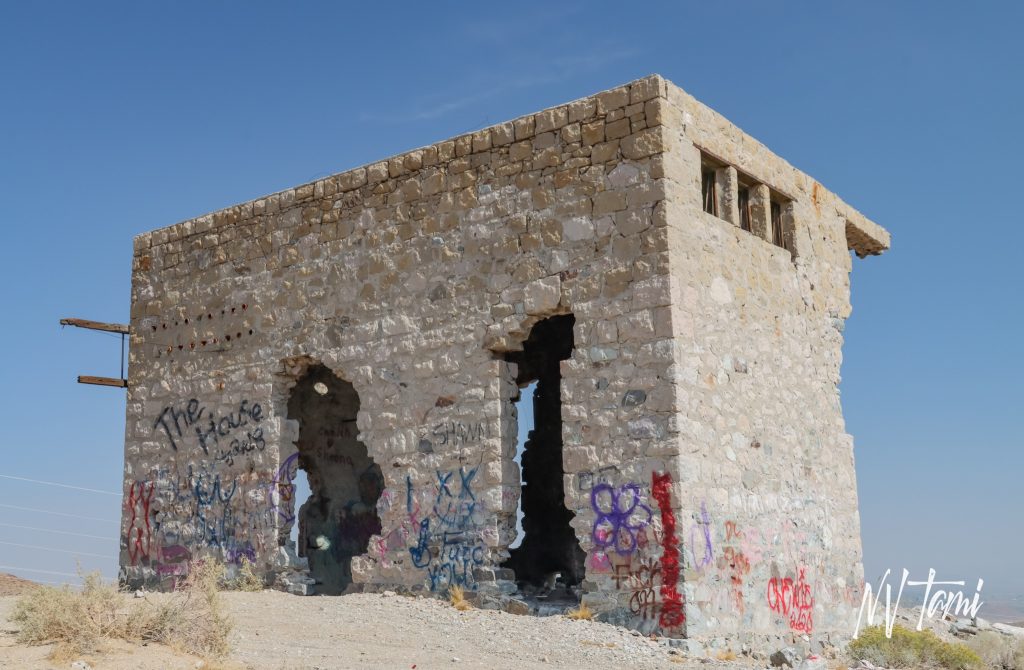
Copper was discovered on the east side of the Singatse Ranch in 1883. Mining claims that would eventually become the Bluestone Mine were patented later that year, one of the oldest mineral patents in the US.
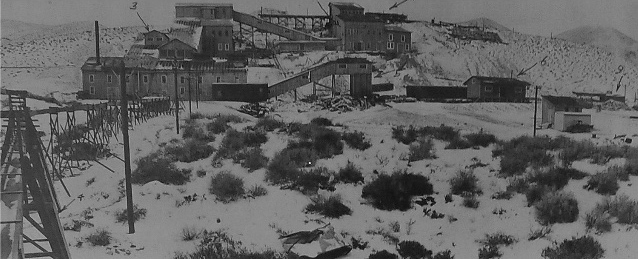
(Photo credit: Yerington Mondays)
The Mason Valley-Yerington Mining District was formed and the Bluestone was the first mine in the district. Copper is the primary mineral, with additional commodities of gypsum, silver and gold. The region quickly became one of the top copper producers. The natural bluestone (chalcanthite) was used by amalgamation mills in Virginia City to extract silver from ore.

Production at Bluestone was sporadic and limited until the early 1900’s. In 1907 the mine, along with twenty adjacent claims, was purchased by Captain J. K. Delamar.
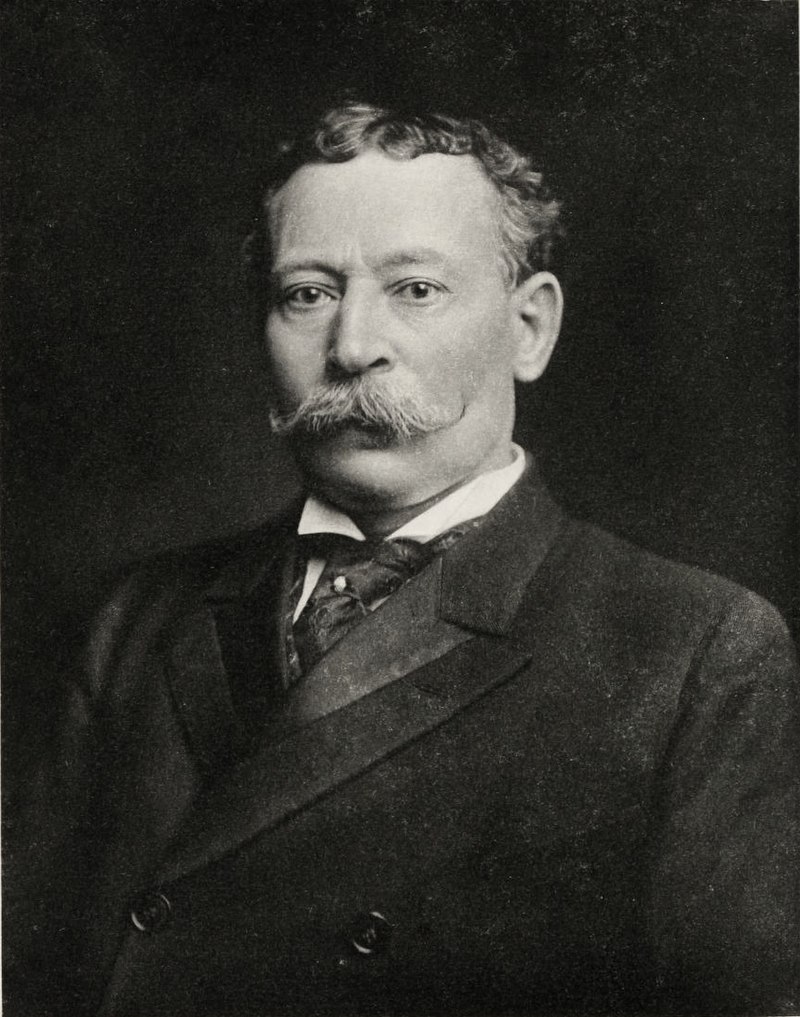
J. K. Delamar was a sea captain before he was struck with gold fever
(Photo credit: Wikipedia)
Originally ore was extracted from shallow shafts and sent to Dayton via wagon for processing. Later, a three mile long electric tramway was utilized until a railway was constructed connecting the mine to the Nevada Copper Belt Railroad in Mason. Ore was then shipped to the Thompson Smelter in nearby Wabuska.
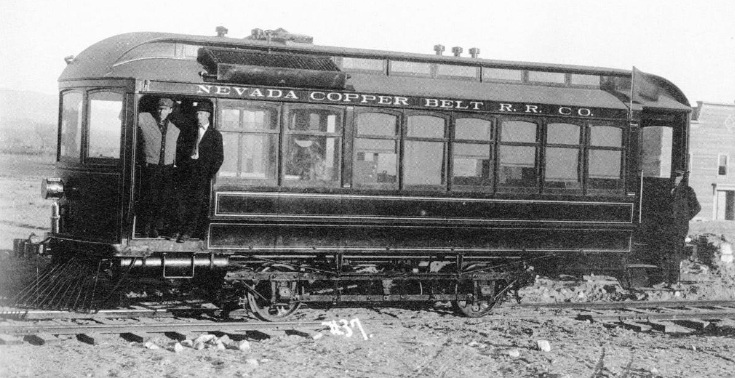
(Photo credit: Nevadagram)
In 1924 the mine was purchased by Mason Valley Mines Company, headed by William B. Thompson. The new owners also owned Thompson Smelter which could process 1200-1500 tons of ore per day.

William B. Thompson, mining engineer, financer and philanthropist
(Photo credit: Wikipedia)
At the height of production Bluestone consisted of two 650′ adits, or vertical mine shafts. A 100-ton magnetic concentrating plant and furnace was built in 1916 by the Bluestone Mining and Smelting Company. In 1916 production was estimated to be 600 tons of ore per day, and by 1917, 1000 tons per day were shipped to Thompson. Production peaked during WWI then declined following the war. Bluestone along with many other mines, closed operations in 1929. During the mines operations an estimated $10M of copper was produced.
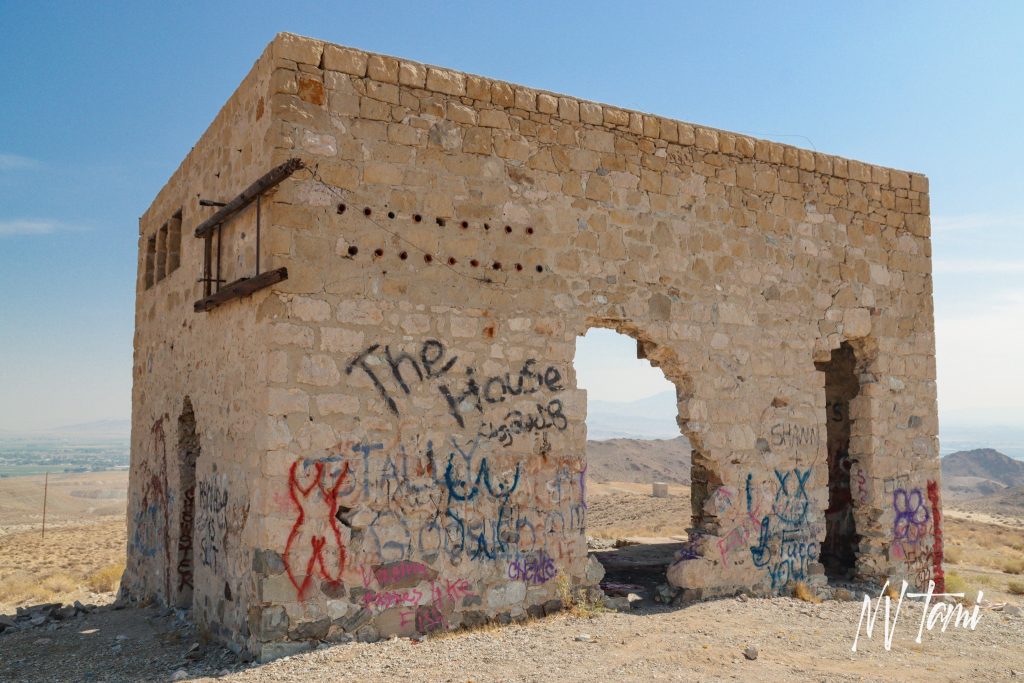
Bluestone Mine and Mill have extensive ruins. Unfortunately, they appear to be a popular party spot and have been extensively vandalized with offensive graffiti.
The transformer building stands north of the mill. The building is cavernous and appears to be in stable condition. A smaller rock structure with similar building materials sits below on the steep road. The area is littered with pottery insulators and material.
The mill site is south of the transformer building. Extensive foundations climb the hill where an arched concrete building sits. The road above the mill is steep and has loose rock, watch your step especially coming down. I may have taken the express route down on my derrière, thankfully there isn’t video to prove it happened.

(Historic photo credit: Yerington Mondays)
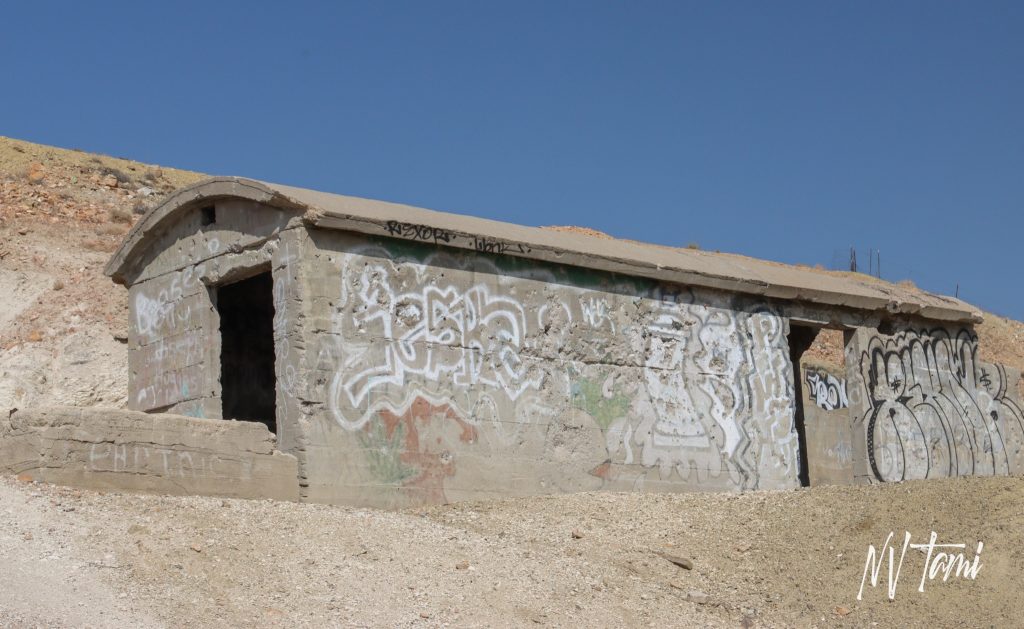
One adit entrance is located at the north end of the mill. Pictures don’t do the size justice, you could drive a bus into it. The tunnel goes for a short distance before it is collapsed.
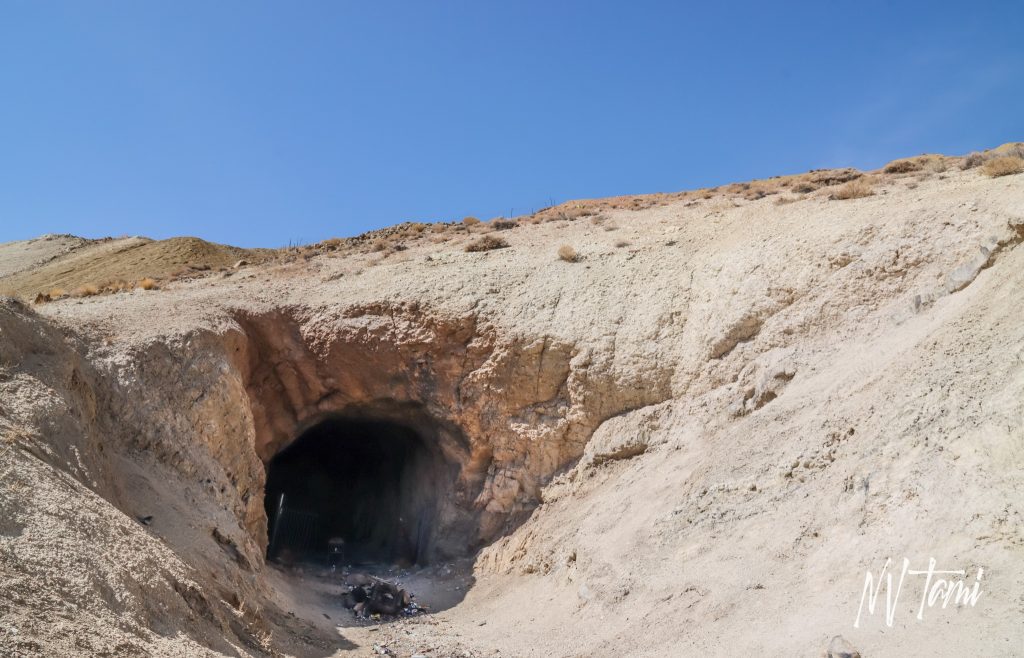
Below the mill is a field of unique rock structures. They remind me of Queen’s Head rock at Yehliu, Taiwan. I assumed these structures and wear patterns normally occurred. The area appears to be popular with ATV’s and motorcycles.
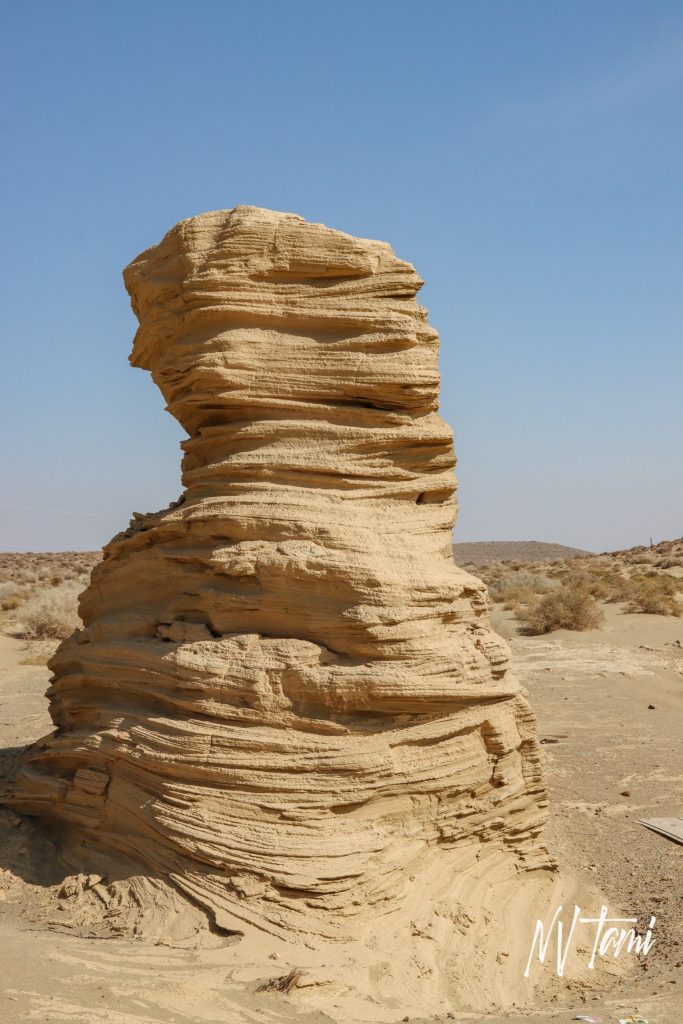

Visited 9-20-2020
References
- Massey, Peter et al. Nevada Trails: Western Region. APC Publishing, 2016. Pages 181-186.
- Nevadagram: Railroad Motor Cars of Nevada – Part I
- Paher, Stanley. Nevada Ghost Towns and Mining Camps. Nevada Publications, 1970. Page 81.
- Wikipedia: Joseph Raphael De Lamar
- Wikipedia: William Boyce Thompson
- Yerington Mondays: The Mines of Lyon County: Blue Jay Mine, Bluestone Mine & Thompson Smelter










William Bartels says
Those rock formations are actually caused by erosion in the tailings piles.